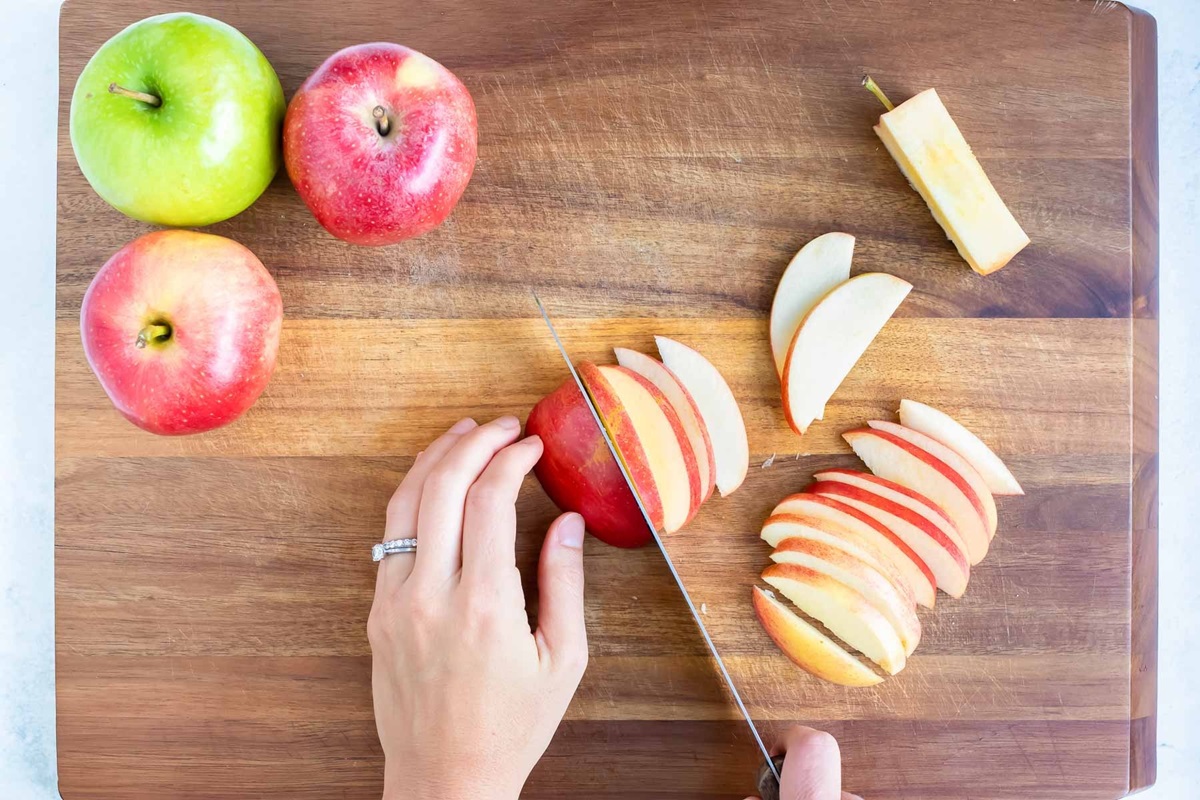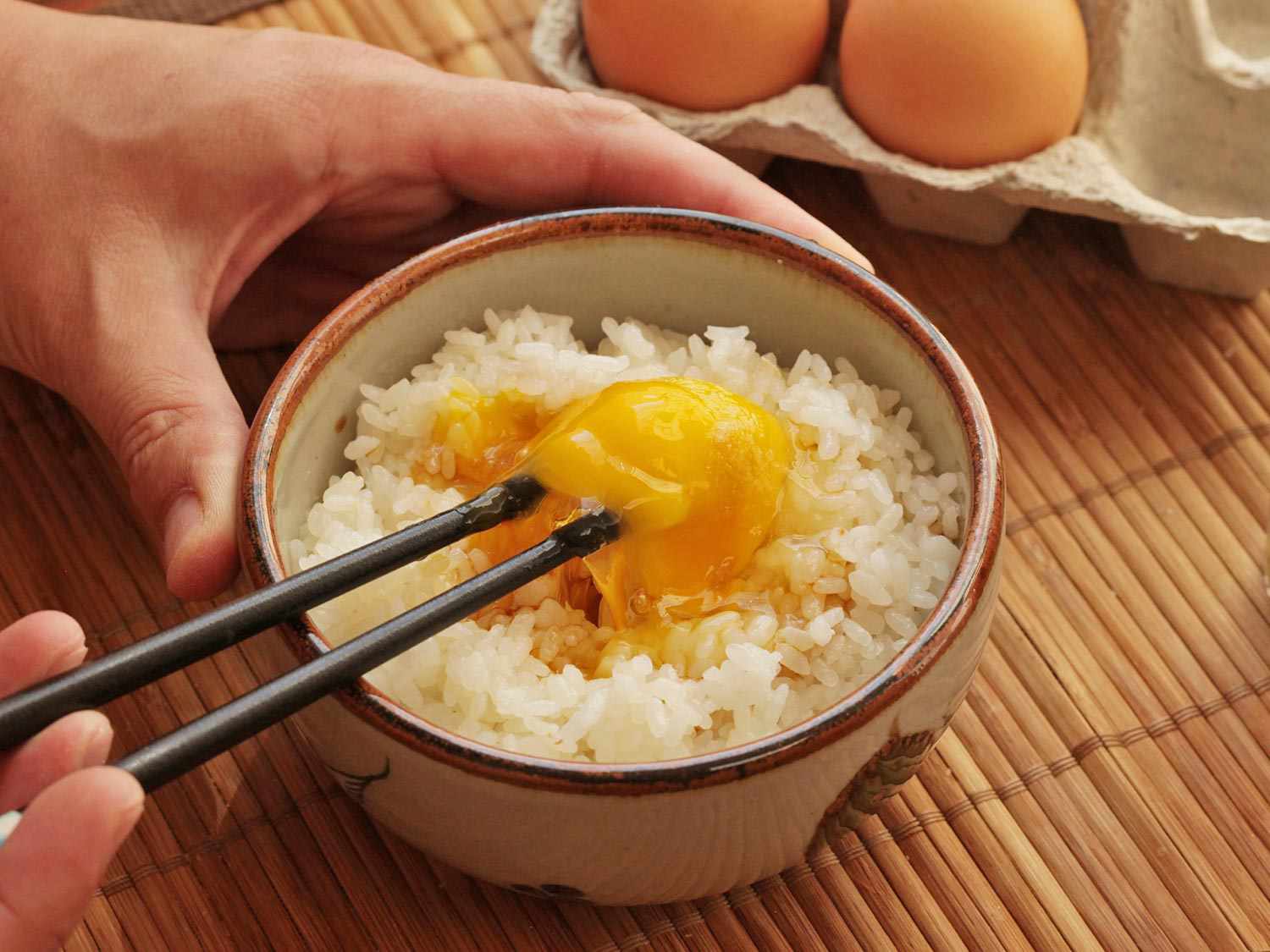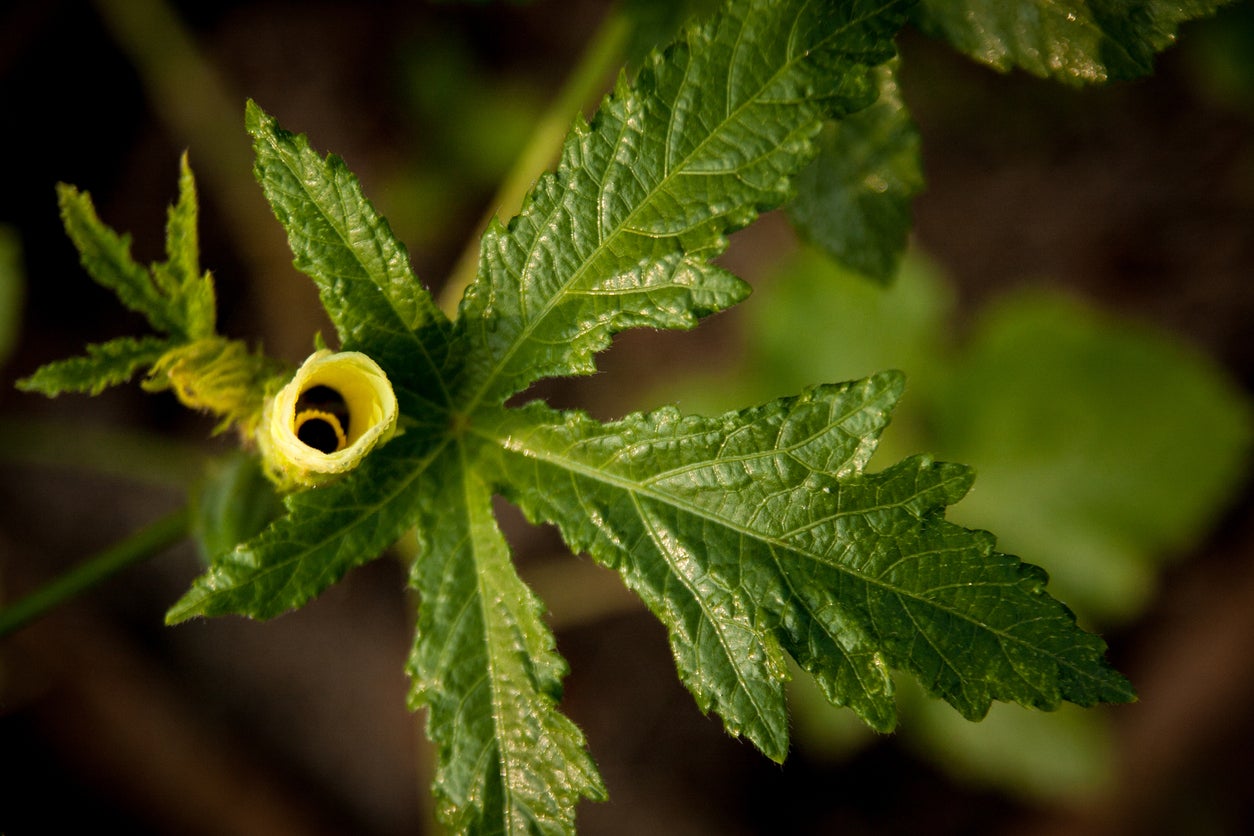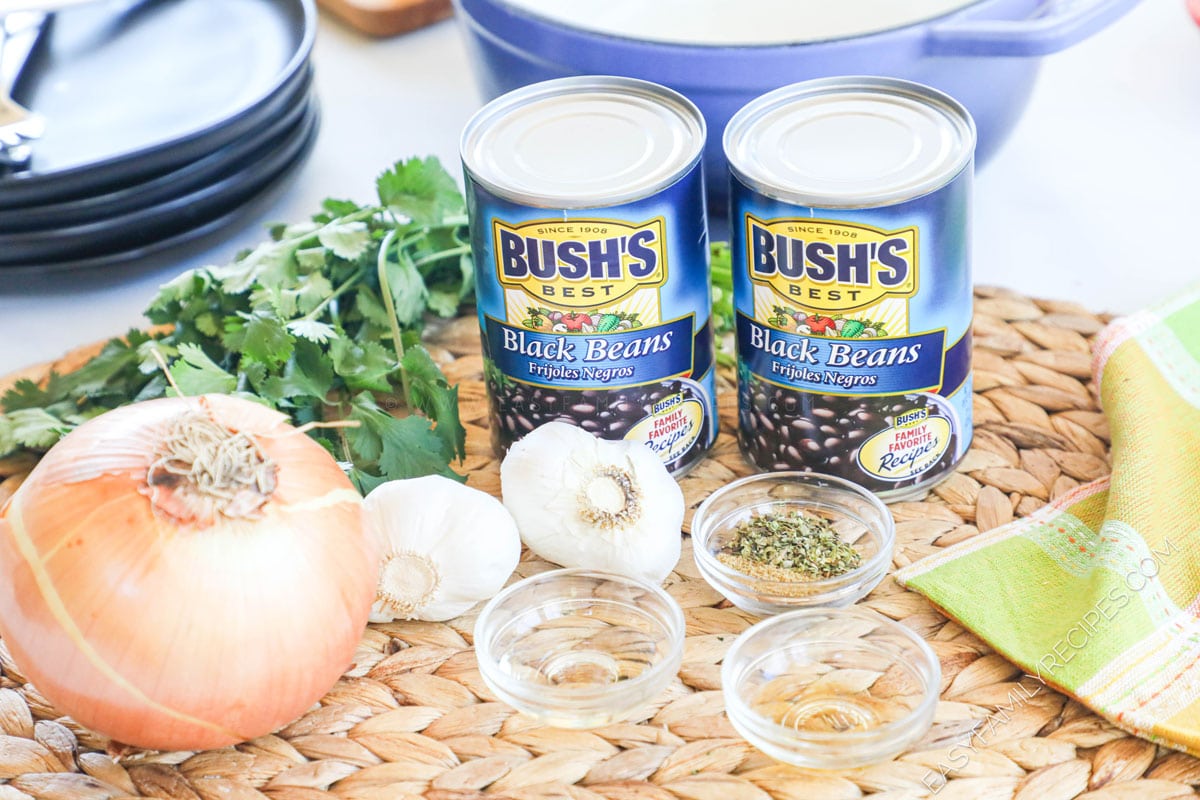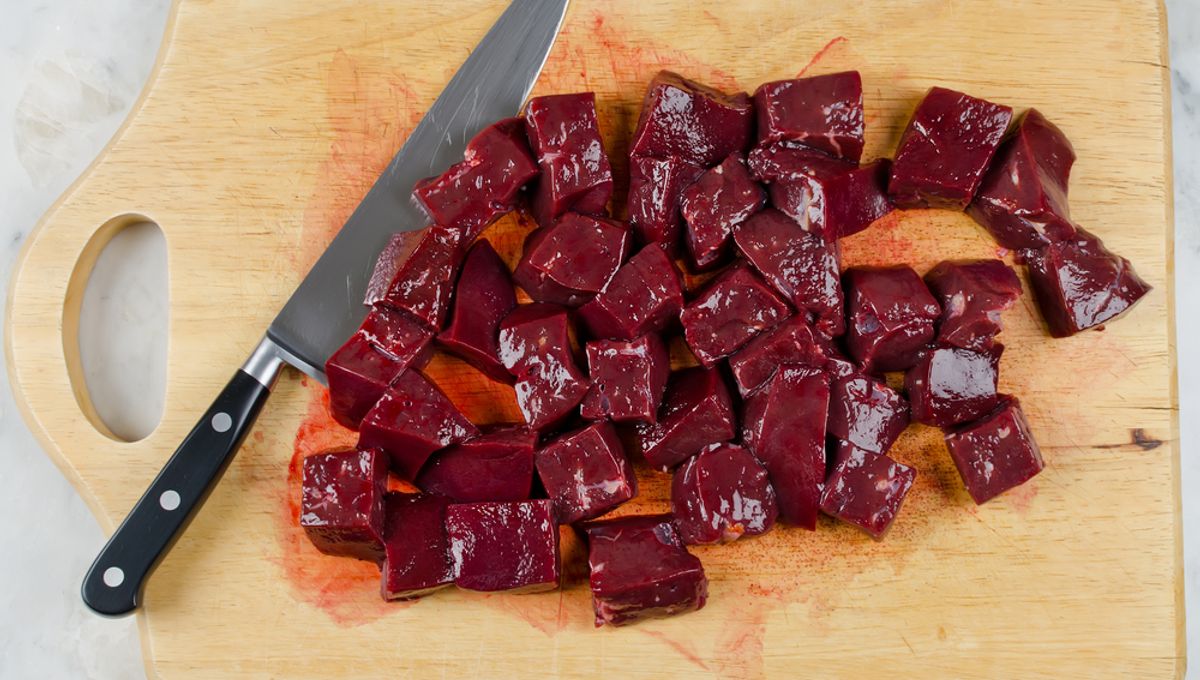How to Enjoy a Hedge Apple
So, you’ve come across a hedge apple and you’re wondering if it’s edible. The good news is that while hedge apples are not typically consumed by humans, there are ways to enjoy this unique fruit. Here’s a guide on how to eat a hedge apple and make the most of this natural wonder.
What is a Hedge Apple?
A hedge apple, also known as Osage orange or horse apple, is the fruit of the Osage orange tree. It is a green, bumpy fruit that is roughly the size of a grapefruit. While it may not be the most appetizing fruit at first glance, there are ways to incorporate it into your diet.
Preparing a Hedge Apple
Before you can enjoy a hedge apple, it’s important to know how to prepare it. Follow these steps to get the most out of this unique fruit:
- Wear gloves: Hedge apples can exude a sticky, milky sap that may irritate the skin, so it’s best to wear gloves when handling them.
- Wash the fruit: Rinse the hedge apple under running water to remove any dirt or debris from the surface.
- Cut into sections: Use a sharp knife to cut the hedge apple into sections. Be cautious, as the fruit’s milky sap may be released during this process.
- Remove the seeds: The seeds of the hedge apple are not edible, so be sure to remove them before consuming the fruit.
Ways to Enjoy a Hedge Apple
While hedge apples may not be a common snack, there are a few ways to enjoy this unique fruit:
- Make a hedge apple centerpiece: Hedge apples can be used as natural decorations in your home. Simply arrange them in a bowl or basket for a seasonal touch.
- Repel insects: Some people believe that hedge apples can help repel insects. Place them in areas where you want to deter pests, such as near doorways or windows.
- Use as a natural air freshener: Cut a hedge apple in half and place it in a room to add a fresh, natural scent to the air.
Important Considerations
While hedge apples can be enjoyed in the ways mentioned above, it’s important to note that they are not typically consumed as food. Some people may be allergic to the sap of the hedge apple, so it’s best to use caution when handling them. Additionally, the seeds of the hedge apple are not edible and should be discarded.
It’s always a good idea to consult with a knowledgeable source or expert before consuming any unfamiliar food or plant. If you have any concerns about the safety of eating hedge apples, it’s best to err on the side of caution.
Conclusion
While hedge apples may not be a traditional part of the human diet, they can still be appreciated for their unique qualities. Whether used as a natural decoration, insect repellent, or air freshener, hedge apples have their own special place in the world. Just remember to handle them with care and always be cautious when trying new foods.
So, the next time you come across a hedge apple, you’ll know that while it may not be a typical snack, there are still ways to enjoy this intriguing fruit.
Expanding Your Culinary Horizons with Hedge Apples
Having mastered the basics of eating hedge apples from the guide, readers can now further their culinary adventures by exploring a variety of innovative recipes. For a refreshing twist, try the refreshing hedge apple mint lemonade, perfect for cooling down on a sunny day. Those looking to impress at dinner might opt for the savory hedge apple honey chicken, which combines the unique flavor of hedge apples with a sweet and savory glaze. For dessert, the delightful hedge apple berry tart offers a delightful blend of tangy and sweet flavors, making it a must-try. Each recipe is designed to enhance your understanding of how to incorporate hedge apples into everyday cooking, elevating your meals with new, exciting flavors.


